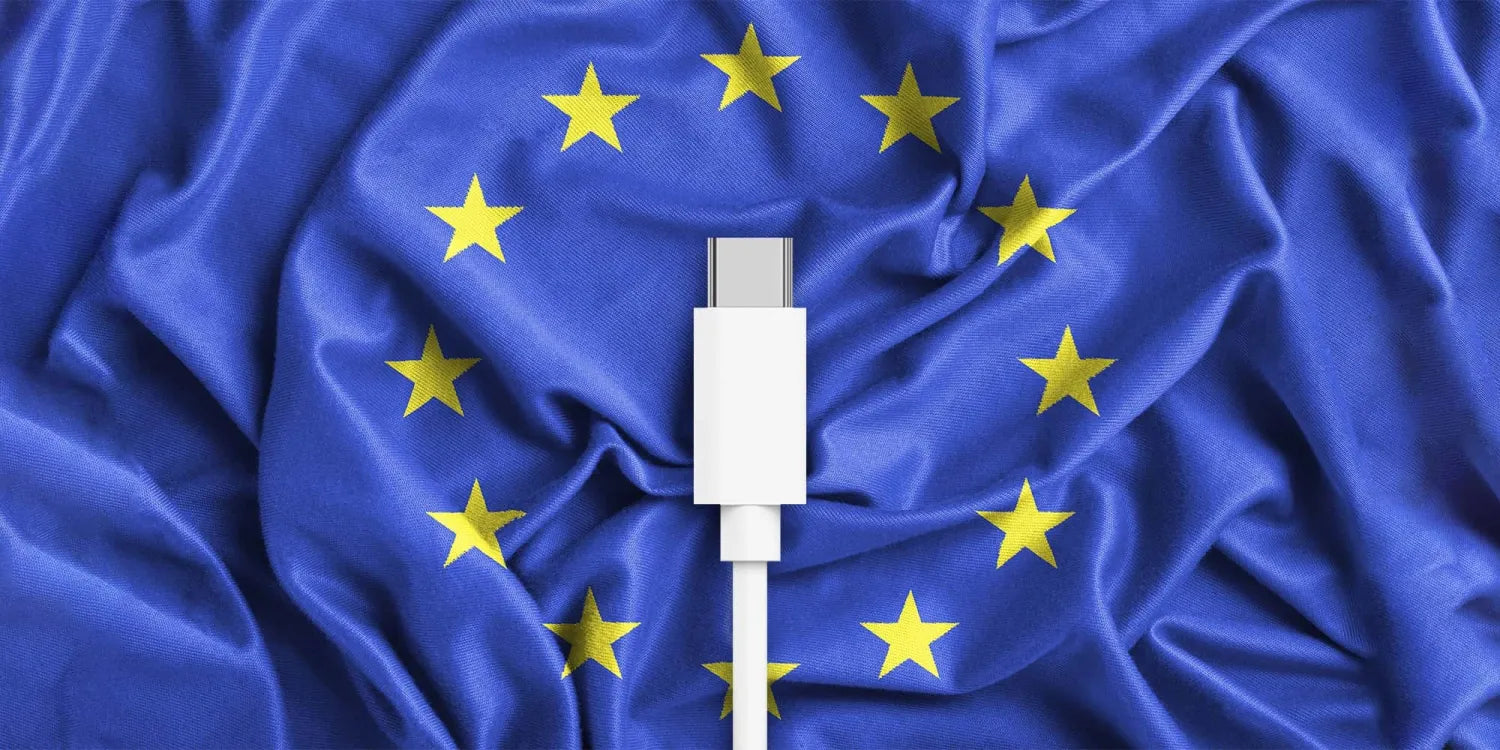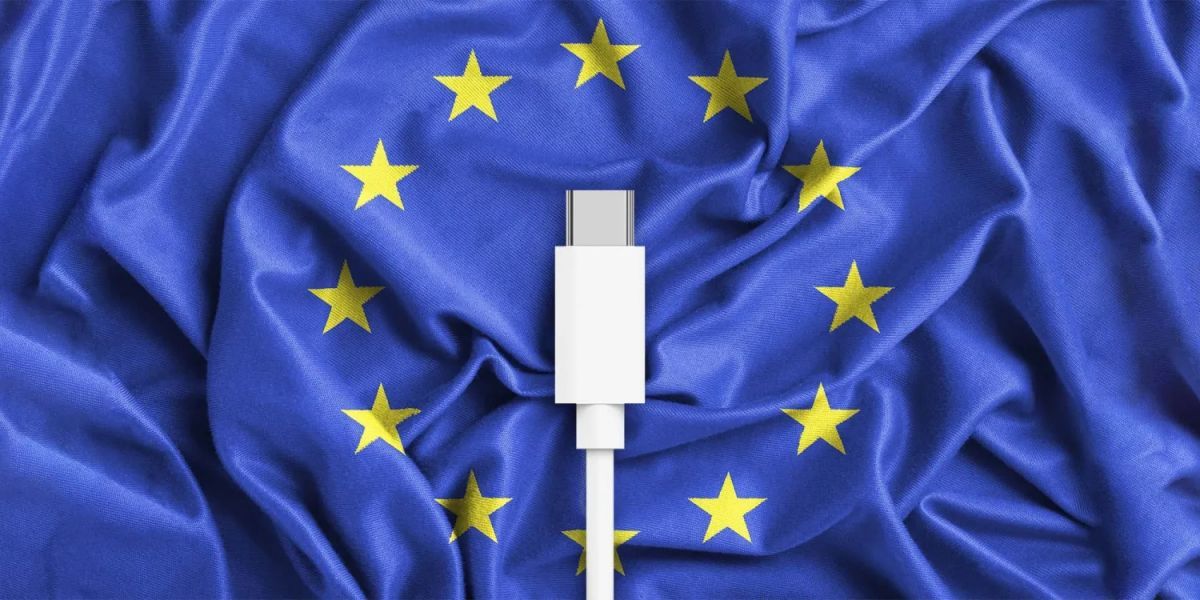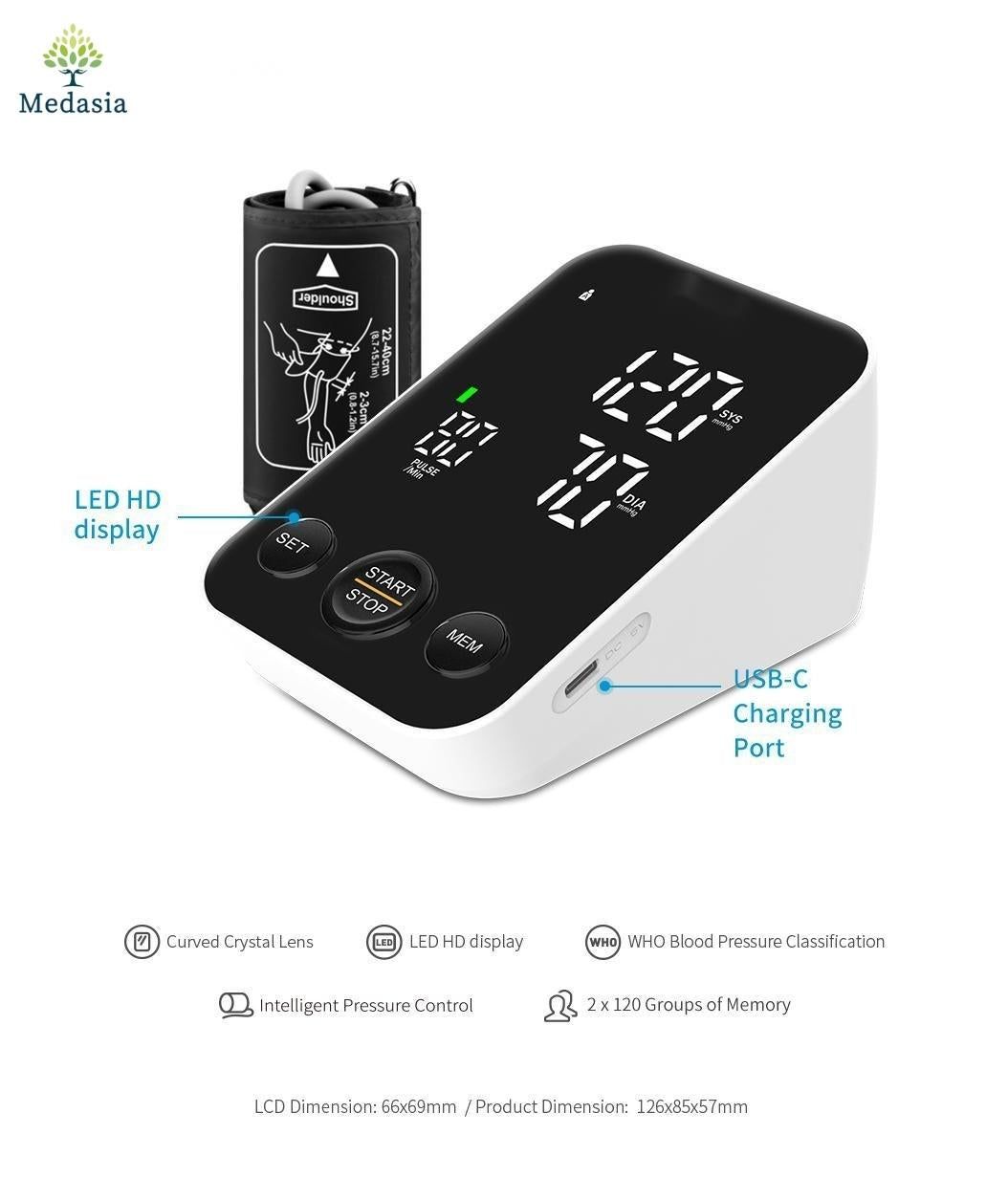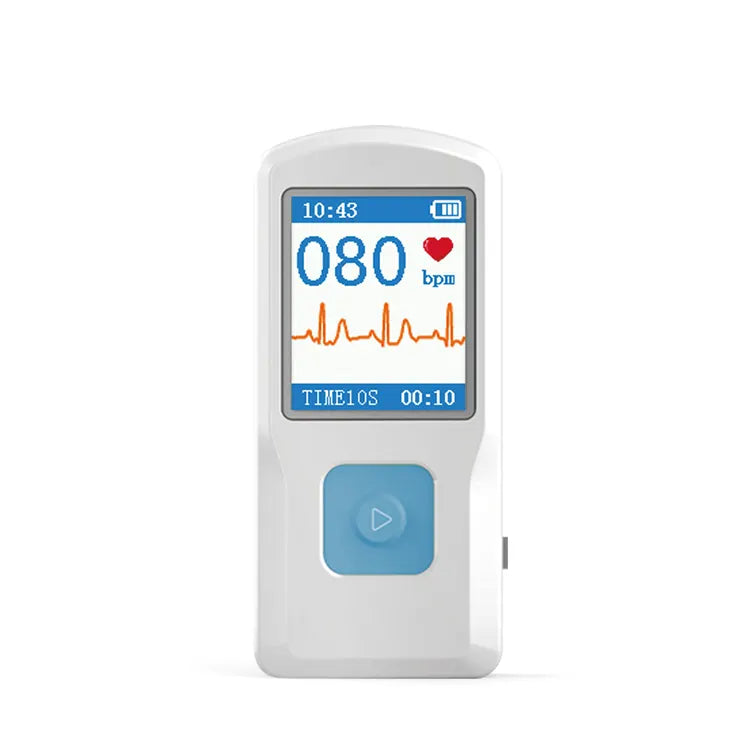EU's USB-C Regulation Affects Healthcare

The European Union has given final approval to mandate USB-C charging ports for electronic devices.

Directive (EU) 2022/2380, amending the Radio Equipment Directive 2014/53/EU, introduces the requirements of the 'common charging' solution.
These requirements will apply to all handheld mobile phones, tablets, digital cameras, headphones, headsets, portable speakers, handheld videogame consoles, e-readers, earbuds, keyboards, mice, and portable navigation systems as of 2024.
These requirements will also apply to laptops as of 2026. Such transition periods will give the industry sufficient time to adapt before the entry into application.
The regulations aim to promote environmental sustainability by reducing electronic waste and increasing convenience for consumers. This will facilitate compatibility between devices and eliminate the need for multiple chargers and cables.

The EU has estimated that the new regulations will reduce electronic waste by 11,000 tonnes per year and save consumers €250 million annually. Additionally, the standardization of charging ports will promote innovation and competition, as manufacturers will be able to focus on improving device performance rather than designing proprietary charging systems.
While the impact of the new regulations on the home health product industry remains to be seen, it is clear that compliance with the universal charging port requirements will be necessary for manufacturers operating within the EU. Consumers can expect greater convenience and compatibility between devices, as well as a reduced environmental impact from electronic waste.
4 common charging methods for BP monitors

There are four common charging methods for electronic blood pressure monitors: Micro-USB, DC jack, battery, and Type-C.
Type-C is the newest and most versatile type of charging port, capable of fast charging and data transfer. It is becoming more common in electronic devices. The benefits include its reversible connector, higher power delivery, and faster charging speeds.
PS: If you want my team to update your BP monitors with type-C, please contact dio.ye@medasiagroup.com
WE RECOMMEND
Related posts
- Subscribe MedInsights
- Subscribe MedInsights
- Subscribe MedInsights
- Subscribe MedInsights
- Subscribe MedInsights











